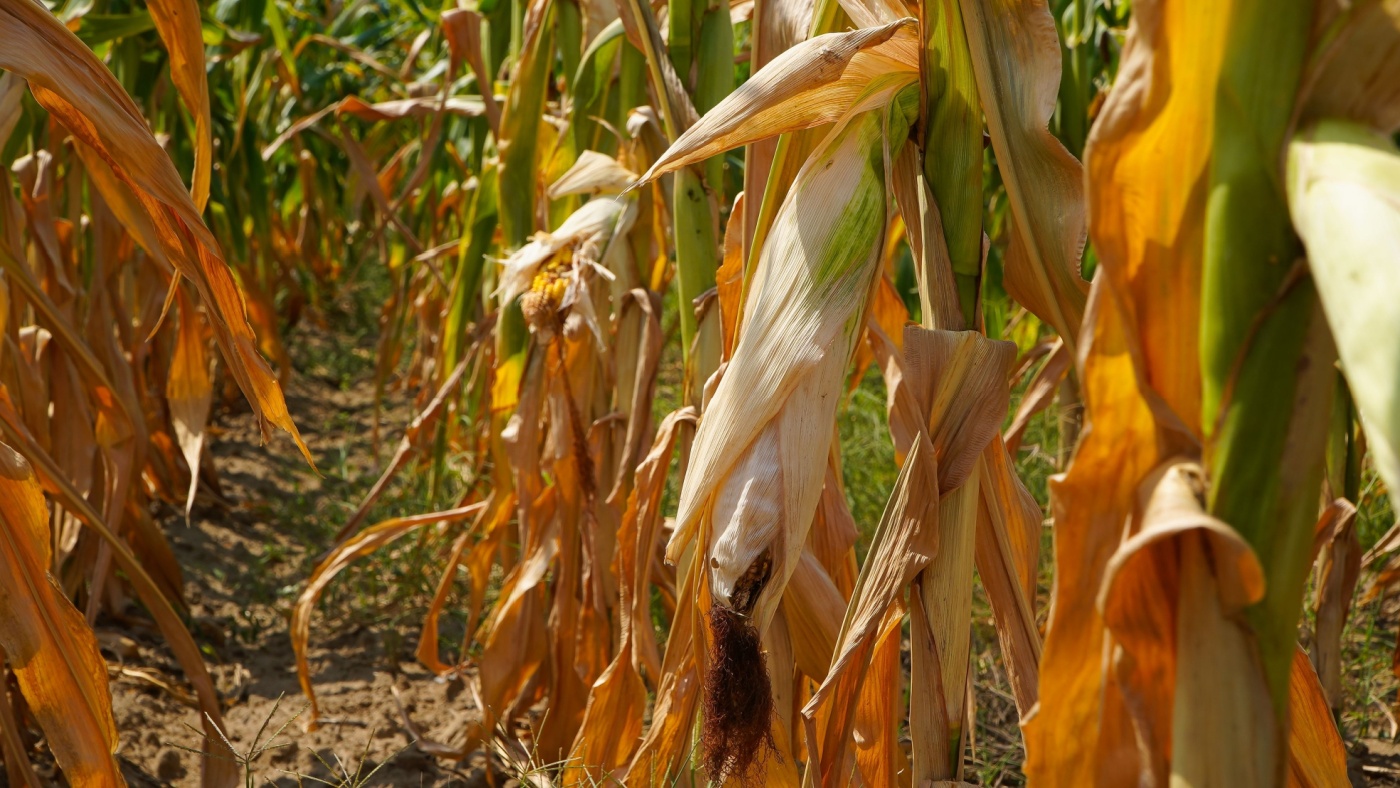It’s going from bad to worse in North and South Carolina as far as drought conditions go, to get the latest, we turn to North Carolina assistant state climatologist Corey Davis. Coming into this week, we already knew that every county in South Carolina and 99 out of 100 counties in North Carolina were at least in abnormally dry stage, if not in D1. What are we looking at now?
“Unfortunately, Mike, we really haven’t seen that many improvements across the Carolinas, and this week we have seen the introduction of severe drought. This is the D2 level. This is the next step up the drought ladder. And typically, when you get to this D2 conditions, that just means the impacts are getting that much more severe. That means that your dryness is more deeply entrenched in the ground. That means that you may start to see local water conservation and water restrictions implemented. We’ve had some parts of eastern North Carolina that have added those in the last couple weeks. And it also means for farmers that crop losses are really unavoidable when you get this dry especially at this time of the year. And that’s what we’re hearing all across the Carolinas, especially for the corn growers, this drought, this hot, dry weather hit the worst possible time for the corn crop, I know driving through Martin County, Washington County last week, it sure looked very brown, very dead in those corn fields. And what we’re hearing, even after some of the rain showers that moved through last weekend in places like Washington County, is that it’s probably just too little and too late for most of the corn, especially in the sandier soils that don’t hold on to a lot of water. So Mike, this is a rough time for the farmers, but especially those corn growers really feeling the brunt of this June drought.”
On June 1 of this year, we were looking at a situation where coming out of May, we were in such good condition across the Carolinas with moisture, and then all of a sudden, just like that, it was like the spigot was turned off.
“You’re right, we were pretty wet coming out of may and into early June. In fact, for some of the hay growers, they were able to get that first cutting of hay done a little bit early. And then we started getting into the first heat wave in the first week of June. Then in the middle of June, we hit a streak of 17, 20 days in a row with no rain at all. And by the end of the month, that’s when we started getting into those upper 90s, even 100 degree temperatures in some area. So any of that surplus moisture that we carried over for May, it evaporated really quickly in those hot, dry conditions in June. And again, thinking about the turnaround that we’ve seen, not only on the drought map, but also on the ground now that second cutting of hay has been delayed, you’re right, going from what was a pretty solid start to the summer back at the end of May and early June to now what is a pretty dire drought situation here going into July.”


